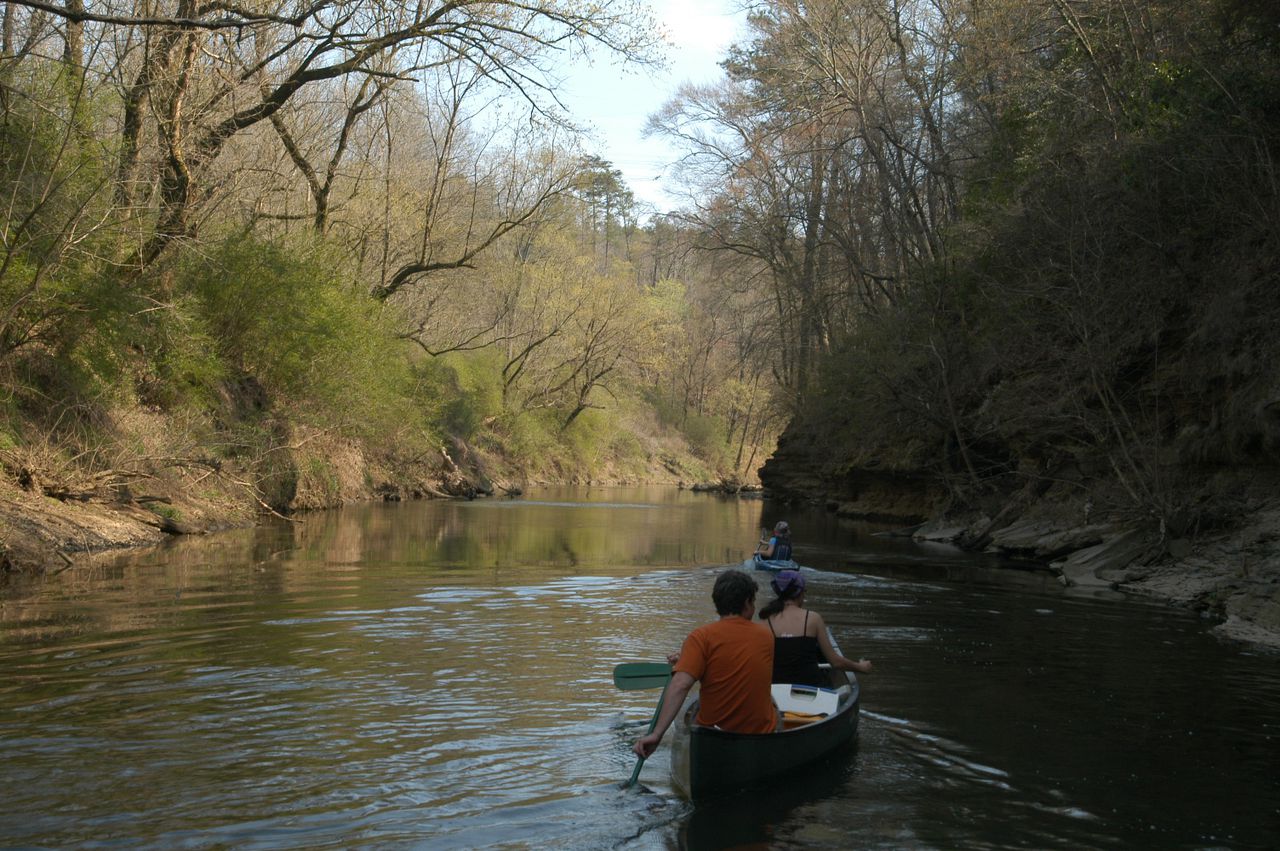Alabamaâs shallow waterways are no reason for panic
The river that made lakes of our valleys just a few months ago is now so small a frog could jump across without getting its feet wet.
Don’t be too alarmed.
Rivers have seasons, as gardens do. The season of sere has taken hold. The fields and forests flashed a moment of color before turning a crisp brown, reflected in the river’s shallow hopes. The submerged shelves where we fished for red eye and bream now hang over the dry banks like diving boards over empty swimming pools. Even the masters of flow, the beavers, have lost their battle with the drought, and their ponds that many cursed as impassable just weeks ago are nothing more than mudholes.
Alabama was shaped by rivers, and the rivers were shaped by these seasons. Dry days and months are as ordinary and as welcome as floods.
Just as the floods take away our misplaced developments, they give life to the river, expanding horizons and opportunities for creatures who live there, blurring the boundaries between fields, forests and streams, stirring in a dark and heavy mix of minerals, seeds, stalks, leaves, limbs for the benefit of all.
The dry season tames that productivity, checks the dominance of species that gorge on plenty, and makes a clear space for our river’s immense diversity. The river reveals its deepest pools and its hidden bars. Grasses and wildflowers better able to deal with drying conditions get their revenge on the trees that claimed every speck of light the rains allowed them. Sedges, shrubs and saplings take root in the exposed banks, creating new refuge and nurseries for fish when the water rises in spring. No longer choked with spring runoff, the transparent waters at last expose the diversity of fish shoaling through our streams.
